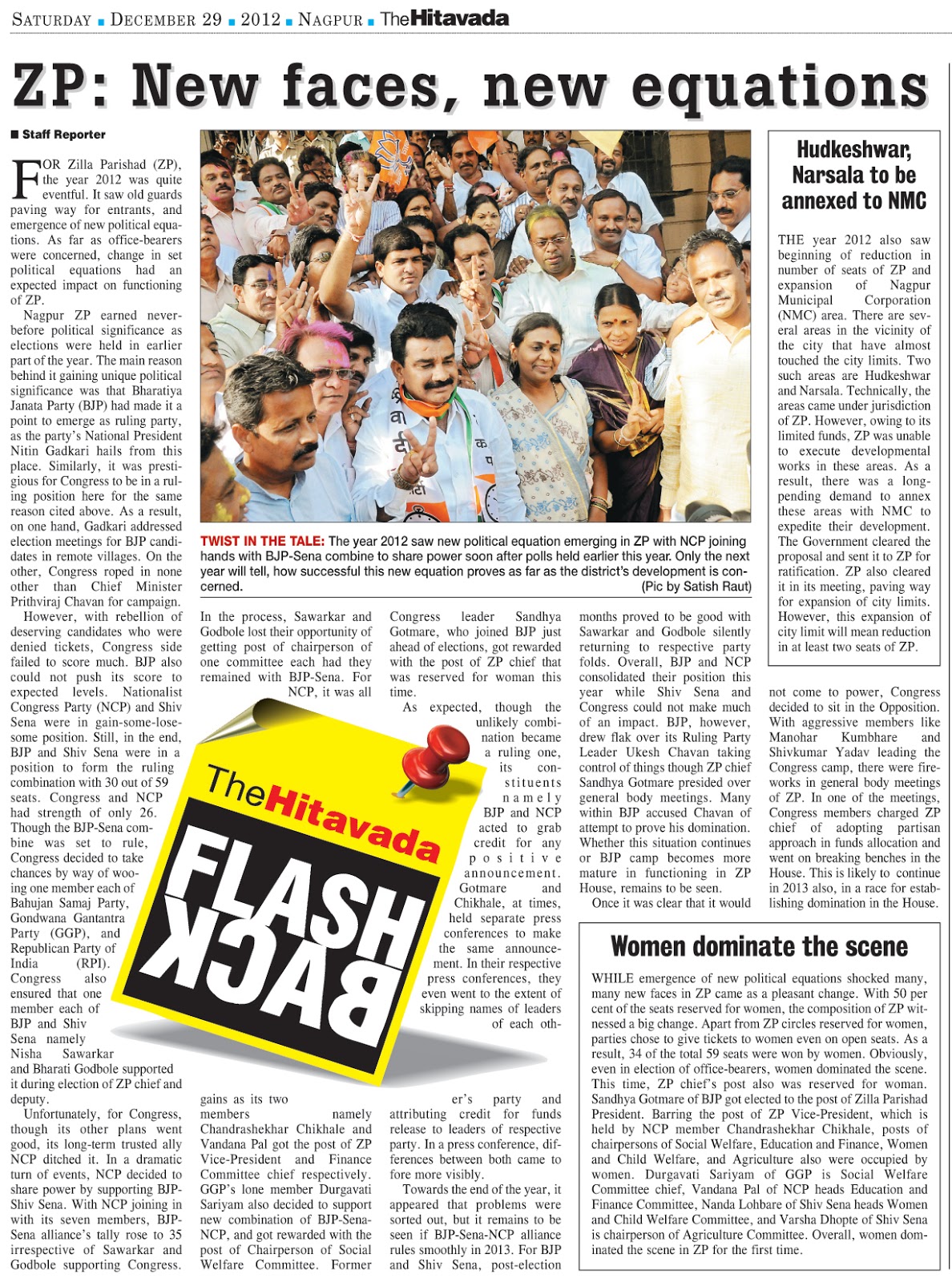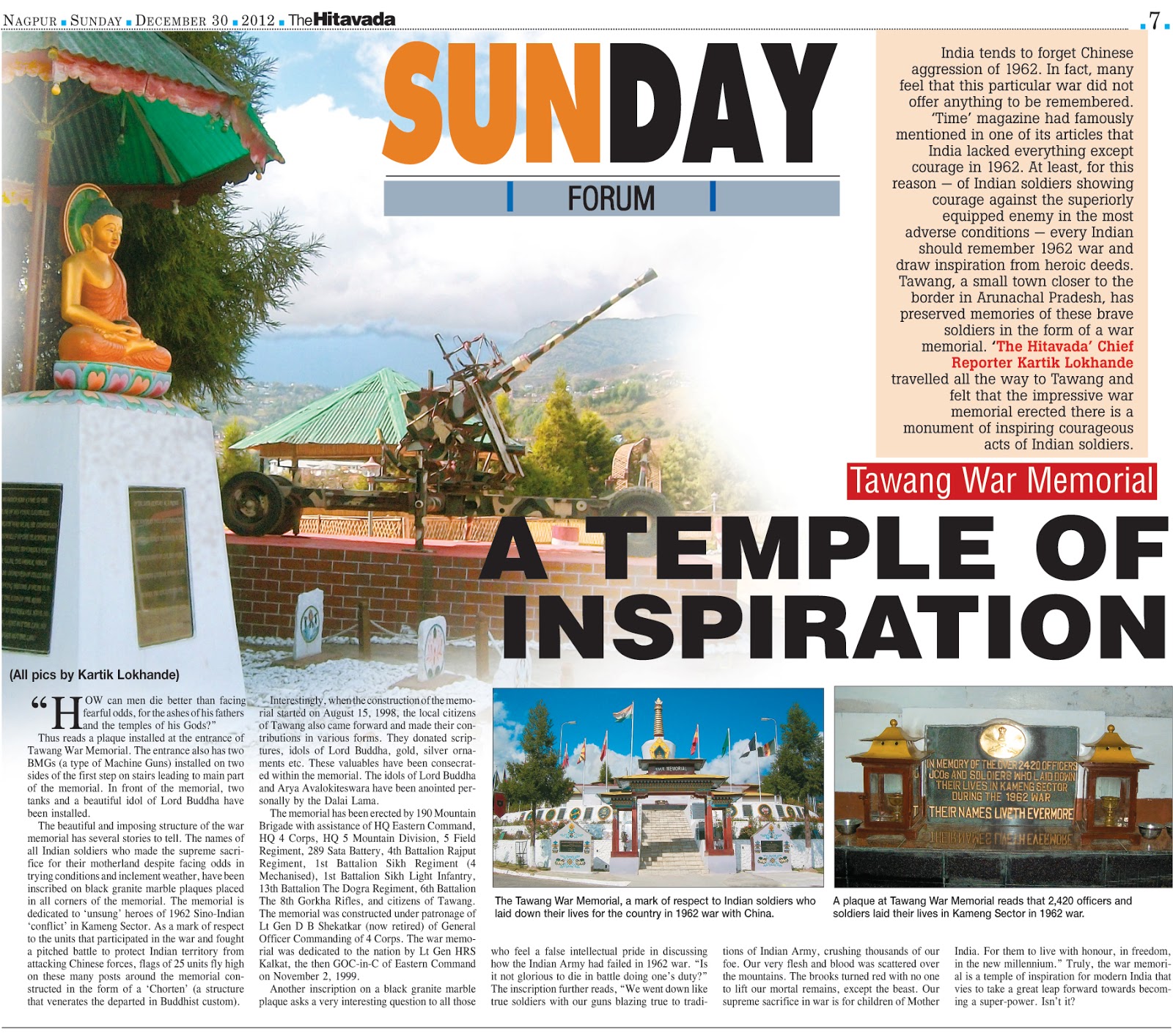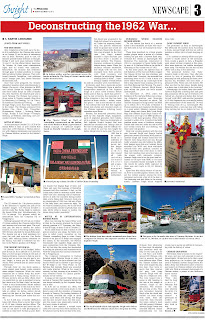The war begins After completion of its build-up to the level of its satisfaction, the Chinese side zeroed in on October 20 as the date of unleashing war on India. However, prior to that, the Chinese probed Indian defences at Tsangle, Bridge V and such areas between October 15 and 17. As the official history mentions, “By October 19, there were unmistakable signs that an attack was imminent.” Meanwhile, the Chinese had infiltrated through gaps in Indian positions to occupy hilltops behind Indian defences. They infiltrated towards Tsangdhar, took positions round Tsangle post, and almost encircled Khinzemane post. Once they were prepared, the Chinese unleashed massive attack simultaneously in Namka Chu sector, other divisions in NEFA and Ladakh. Except for Tsangle, nowhere else were Indian troops on north of Namka Chu river. However, the Chinese goal was to reach Tawang. The Chinese had access to three routes to Tawang namely Shao-Bum La-Milaktong La-Tawang, Le (in Tibet



